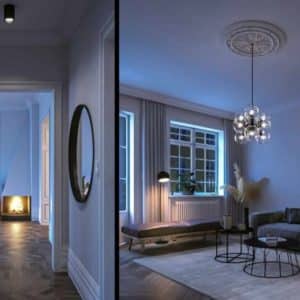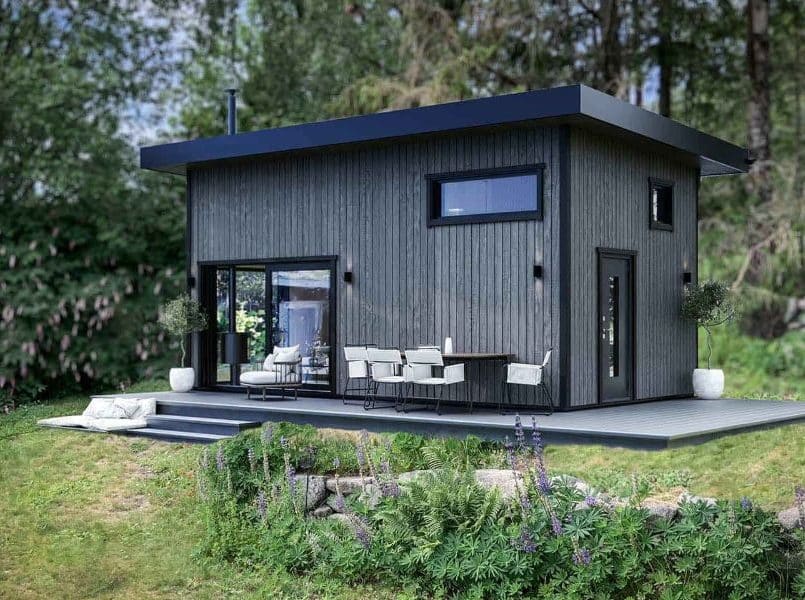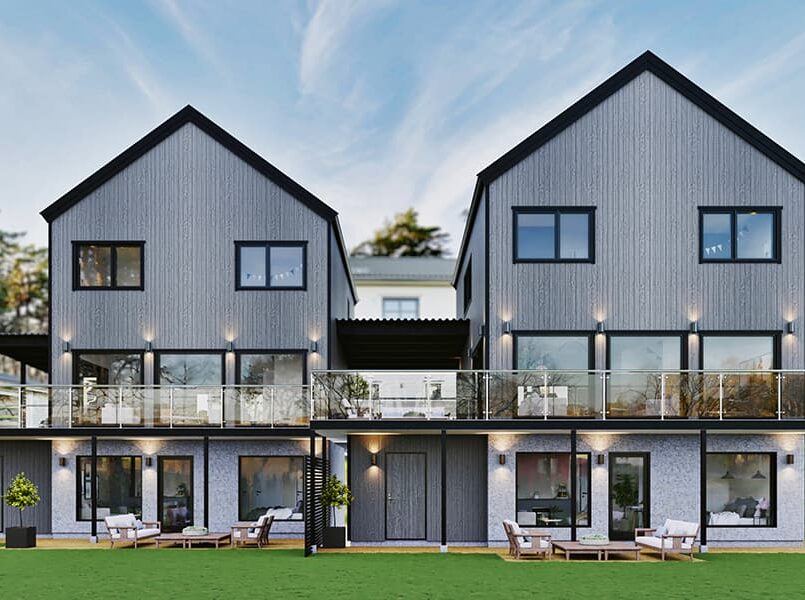3D is all about perspective
3D is all about perspective
What is perspective drawing?
Perspective is a drawing technique that creates depth and gives the viewer the impression of a three-dimensional representation. Thanks to various techniques, the draftsman can represent an object, a human body, or simply a landscape, in a very realistic way, just by using horizontal and vertical lines, parallel segments or converging towards vanishing points, to deceive the viewer, and create the desired impression of depth. Practising perspective is therefore a must for beginners when learning to draw and its basic principles.
The different types of perspective.
Drawing horizontal and vertical lines is not enough to create perspective. There are many perspectives, and depending on the type of technology you use, each one will look completely different from the other. That is why the beginner must absolutely know the perspectives in order to draw and make beautiful and striking 3D drawings.
There are two main types of perspective:
Metric perspective
This one is well known by students who are bored during class and draw cubes and rectangles in 3D on the side of their notebooks. This type of perspective drawing is based on the arrangement of parallel segments, from 3 axes (one representing the width, another the height and the last the depth). The straight lines are then joined to form cubes or other geometric shapes.
With this technique, it is possible to easily draw volumes, the angles of which correspond to the angles of the base object, and the lines ensure the parallelism of the latter. The so-called cavalier, isometric and axonometric perspectives are all part of this group and are used especially in architecture to accurately represent angles and building proportions.
Conical perspective
More artistically, the conical perspective group aims to reproduce what the human eye actually sees. The segments lose their parallelism in favour of a horizon line and vanishing points. This allows us to discern a foreground, then more distant levels. Objects and bodies in volume can thus be represented in such a way that you clearly see the depth of field.
To do this, straight lines, parallel in reality, will not be similar to the drawing, but will instead converge towards the vanishing point, unique in the frontal representation of an object, doubled in its oblique representation, and tripled in an aerial representation. These points are placed on a horizon line. By going about it this way, the 3D effect becomes much more realistic to the human eye, and the conical perspective is used in both realism and trompe l’oeil.

The graphics tablet is an essential companion for drawing naturally
Obviously, when you say a 3D drawing via computer software, you mean a graphics tablet. The tablet becomes essential for the use of the software, the pen replaces the imprecise and not-so-ergonomic mouse.
Thanks to the absolute positioning sensor, as opposed to the relative positioning of a mouse, which requires moving the mouse several times to make the cursor move on the screen, and the stylus, which provides a more natural position, it becomes much easier to draw with hand.
However, the graphics tablet often has its limits, and between the grip of the pen, the hand-eye coordination that requires looking at the screen while drawing, and the feel of the drawing surface, many users, as well as beginners, such as the draftsman or graphic designer, even if they are experienced, may feel uncomfortable with this type of tool.
That is why it is a great alternative to using the Ipad Pro tablet, with a screen protector called Paperlike, where it is possible to draw as you draw on a piece of paper. The Ipad Pro and Paperlike screen protector combo gives the freedom to do, layer management, brushes and all options in the software, thanks to the assignable shortcuts, while you can work with your favourite pens and pencils, and have the real feeling of drawing on paper, as you would when working with a notebook. You can also import and export your 3D creations and share them with your clients, or on the Internet, to work more efficiently and faster.
Comments (2)
Leave a Comment
You must be logged in to post a comment.








About 2d and 3d drawings - Creative Visual Studio, 2022
December 16, 2022[…] 3D is all about perspective […]
3D Walkthrough - Creative Visual Studio
December 16, 2022[…] 3D is all about perspective […]